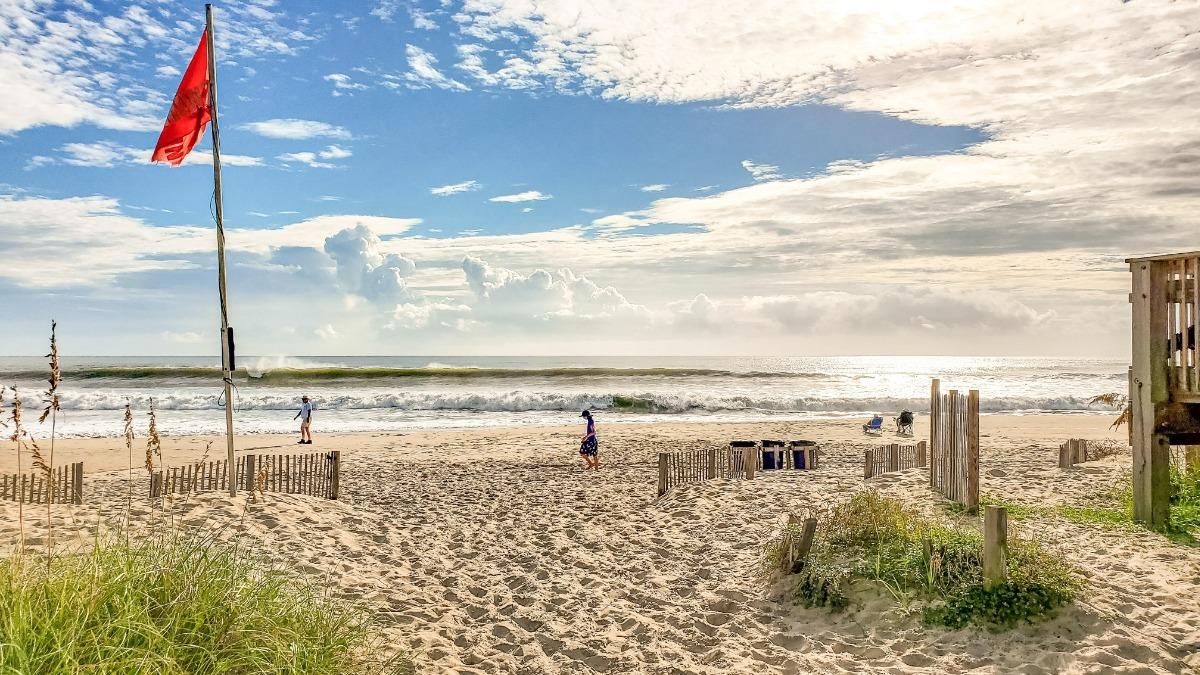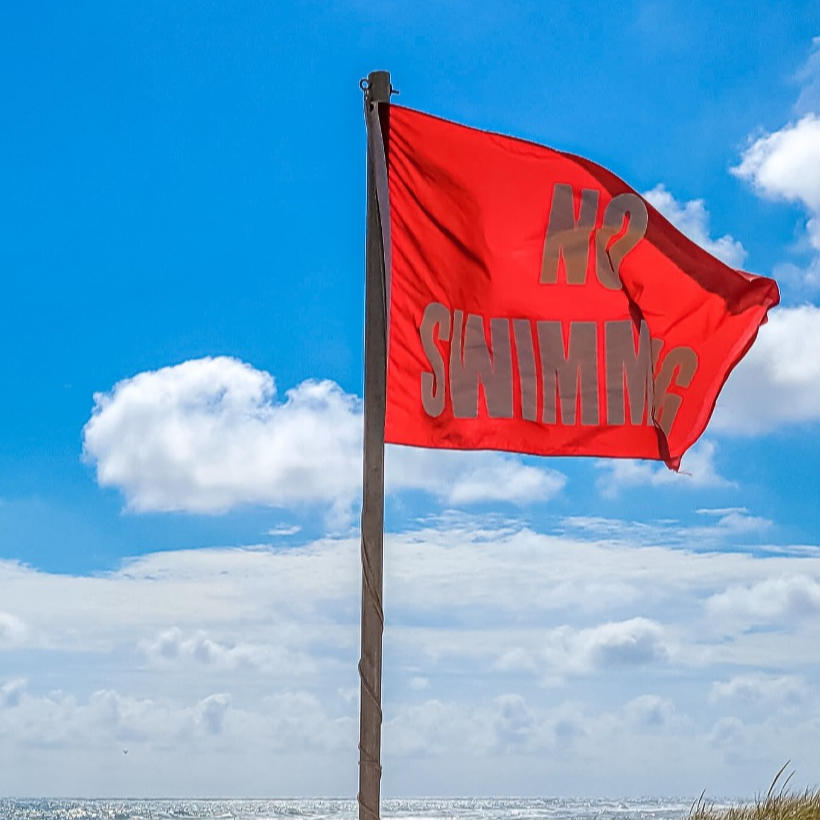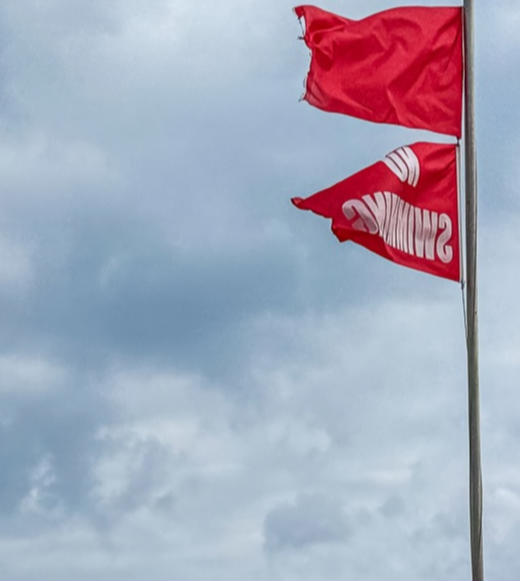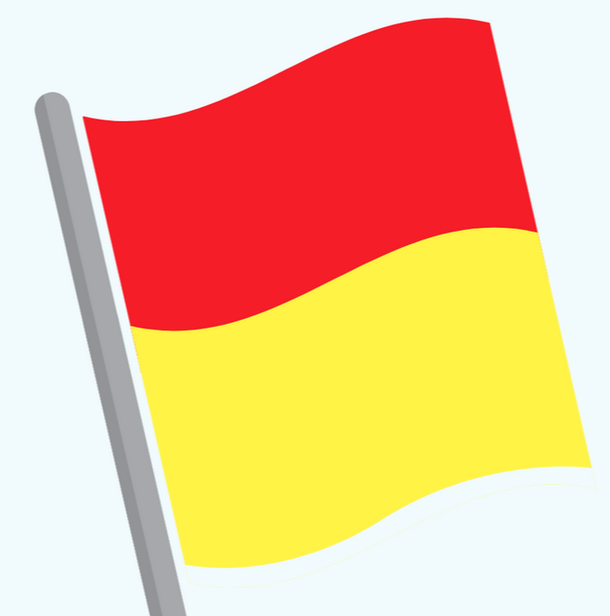
Understanding Beach Flags and Safety on the Outer Banks
When you’re soaking up the sun on the beautiful shores of
the Outer Banks, staying vigilant about beach flags is crucial for your safety.
At Joe Lamb Jr. & Associates, we want you to enjoy your beach time confidently.
For more information on beach safety, visit our dedicated beach safety page. Here’s
a guide to the different beach flags and their meanings.
The History of Beach Warning Flags
The practice of using beach warning flags began in the early 20th century, as coastal communities recognized the need to protect beach visitors. With a growing understanding of maritime safety, it became clear that a standardized warning system was necessary. This led to the introduction of beach warning flags, creating a universal way to communicate potential hazards to swimmers and sunbathers.
Where to Find Beach Flags
Beach flags are typically displayed at lifeguard stands and public beach access point entrances. This ensures that beachgoers can easily spot the flags and stay informed about water conditions and safety advisories. Always take a moment to check the flags before entering the water, and if you’re unsure, don’t hesitate to ask a lifeguard for clarification.
The Meaning Behind Beach Flags
Beach flags play a vital role in conveying water conditions and potential hazards. Here’s what each flag indicates, according to the Kill Devil Hills Ocean Rescue Team:

- No Flags: The National Weather Service (NWS) forecasts low risk when no flags are flying. While the chance of rip currents is minimal, they can still occur unexpectedly. Always stay aware of your surroundings, swim near a lifeguard when possible, and heed local ocean rescue personnel’s advice.
- Yellow Flag: Medium Hazard: A yellow flag signifies medium hazard conditions, indicating moderate surf and/or the presence of life-threatening currents. Weak swimmers and those unfamiliar with rip currents should avoid swimming. If you do enter the water, using a flotation device is highly recommended.


- Red Flag: High Hazard: A red flag indicates high-hazard conditions, raised when the NWS forecasts moderate to high risk. Expect rough ocean conditions, including high surf and strong currents, making the surf zone dangerous for all swimmers. Avoid entering the water if possible; if you do, use a flotation device and exercise extreme caution.
- Double Red Flag: Water Closed to the Public: A double red flag means ocean conditions are life-threatening. These severe conditions can exceed the capabilities of local rescue personnel. The water is closed to the public, and entering it poses significant risks, including serious injury or death. Violating this warning may result in fines in some areas.


- Purple Flag: Marine Life Hazard: In some locations, a purple flag indicates the presence of marine pests like jellyfish or stingrays that can cause minor injuries. Note that this flag does not indicate the presence of sharks.
- Red/Yellow Flags (Cape Hatteras National Seashore): At Cape Hatteras National Seashore, red/yellow flags designate areas protected by lifeguards. These flags may be flown in pairs to mark specific locations where swimming and body surfing are permitted under lifeguard supervision.

Additional Beach Safety Tips
In addition to monitoring beach flags, keep these safety tips in mind:
- Stay Hydrated: Drink plenty of water to stay hydrated in the sun.
- Apply Sunscreen: Use sunscreen generously and often to protect your skin from UV damage.
- Swim Near Lifeguards: Swim in designated areas and close to lifeguard stations for added safety.
- Know Your Limits: Be honest about your swimming abilities and avoid venturing beyond your comfort level.
- Monitor Weather Conditions: Keep an eye on changing weather and seek shelter if conditions worsen.
Enjoy the Outer Banks Responsibly
The Outer Banks offers a relaxing beach experience with its stunning landscapes. You can have a safe and enjoyable visit by understanding and following beach flags and safety guidelines. Joe Lamb Jr. & Associates is here to help you make the most of your Outer Banks getaway.
For more information about beach safety tips, visit Kill Devil Hills Ocean Rescue, Nags Head Ocean Rescue, Duck Surf Rescue, Kitty Hawk Town, or Love the Beach Respect the Ocean.







